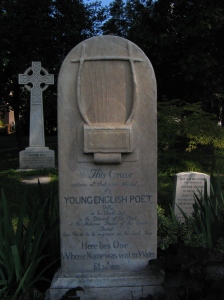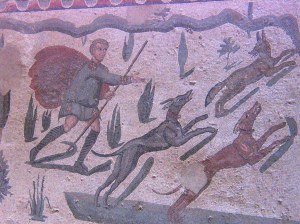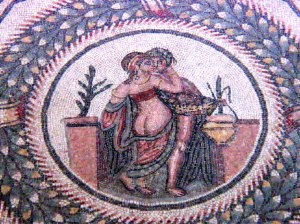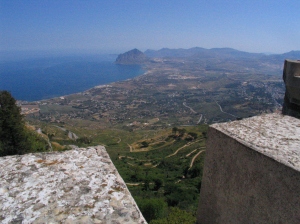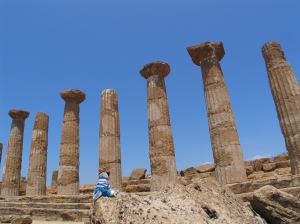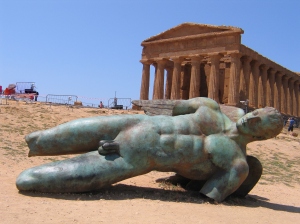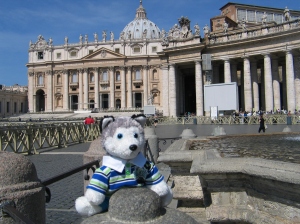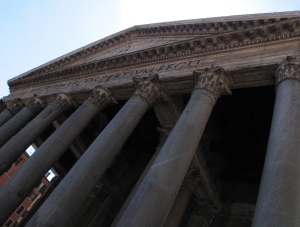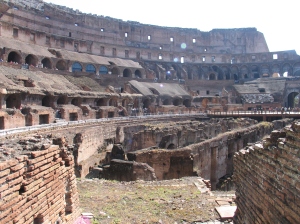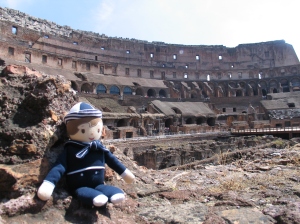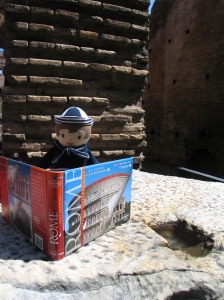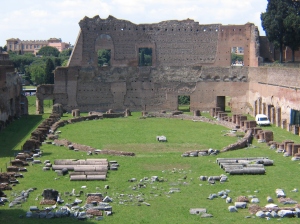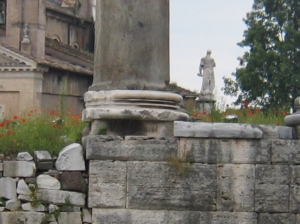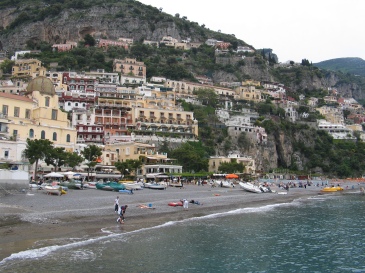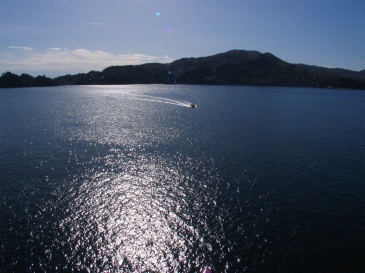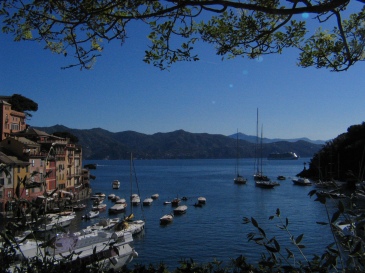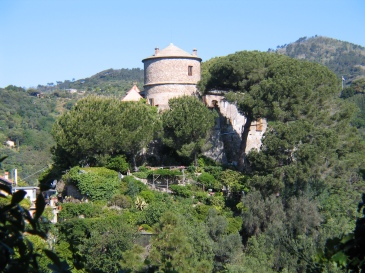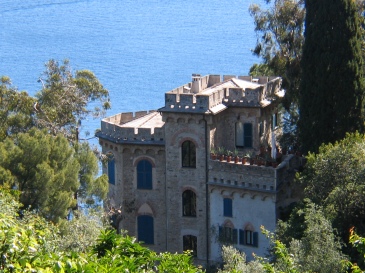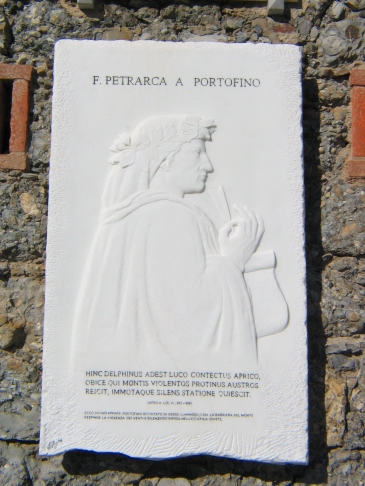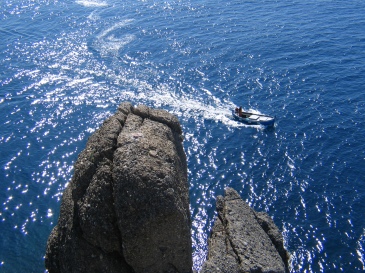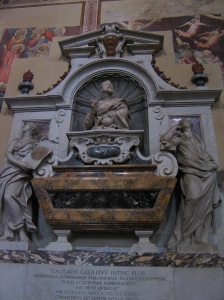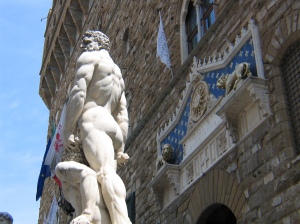Back in Rome there was time for one last stop before the long flight home. Nearing the end of their travels, Sailor Boy and Pip were both tired and in a pensive mood. So what would be the last stop? The Markets?
“No money”, said Sailor Boy.
“What about the Sistine Chapel?”
“Well we’ve seen a lot of art and I’m a bit over the crowds,” muttered Pip.
“OK, then there’s the catacombs or the cemetery you wanted to see, remember Keats? On a beautiful spring day – it’s better to be outside isn’t it?”
So to the cemetery it would be. Off the usual tourist track, they would go to the cemetery and pay homage to, the incomparable poets John Keats and Percy Shelley for a final burst of nostalgia.
The boys set out for a pleasant walk past the large empty field of Circus Maximus, once the home of chariot racing, to reach the Non Catholic cemetery of Rome. A distinctive stone pyramid, some 50ft tall, uilt for a long forgotten general as a self-indulgent grave stone, provided an excellent location marker for the site.
Inside the cemetery iron gates and stone walls lay an evocative setting. Its park-like atmosphere of green verges and picturesque trees are watched over by gentle guardians, elderly ladies selling memorabilia to raise funds for its upkeep.
The boys loved the tranquillity of the cemetry gardens, finding a welcome respite from the chaotic city beyond its walls.
Along a grassy walkway, at the far end of the gardens, they found the grave of John Keats, the stone simply inscribed ‘An English Poet’. To make his own homage, Pip placed a tiny flower on the grave and remembered some lines from Keats’ poem, “To Autumn.”
Where are the songs of spring? Ay, where are they?
Think not of them, thou hast thy music too…
Nearby on a small rise of ground they found Keats’s friend the radical poet, Percy Shelley, famed for his atheism and intellect. Author of “Prometheus Unbound”, and husband of Mary Shelley, who wrote the masterpiece “Frankenstein” he was another Romantic poet. The epitaph on Shelley’s grave was from Shakespeare’s “Tempest”, and reflected his untimely death drowning on the Italian coast at the age of 29.
From somewhere in his past, Pip remembered lines from Shelley’s “Ode to the West Wind”, and his thoughts lived on…“over the universe like withered leaves to quicken a new birth!”
Under the shade in the cemetery garden, groups of young people relaxed and chatted.


